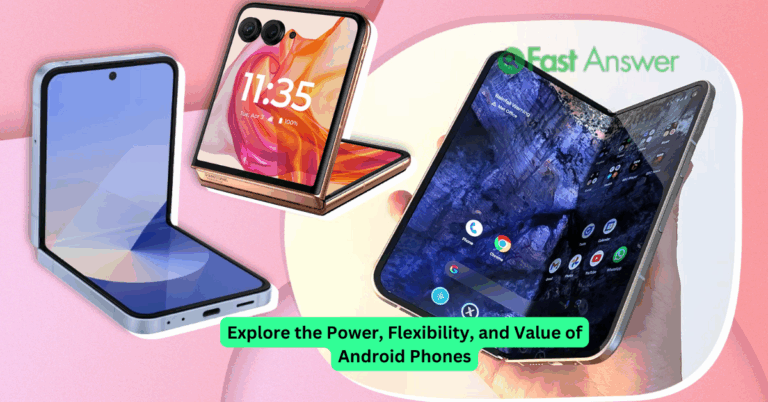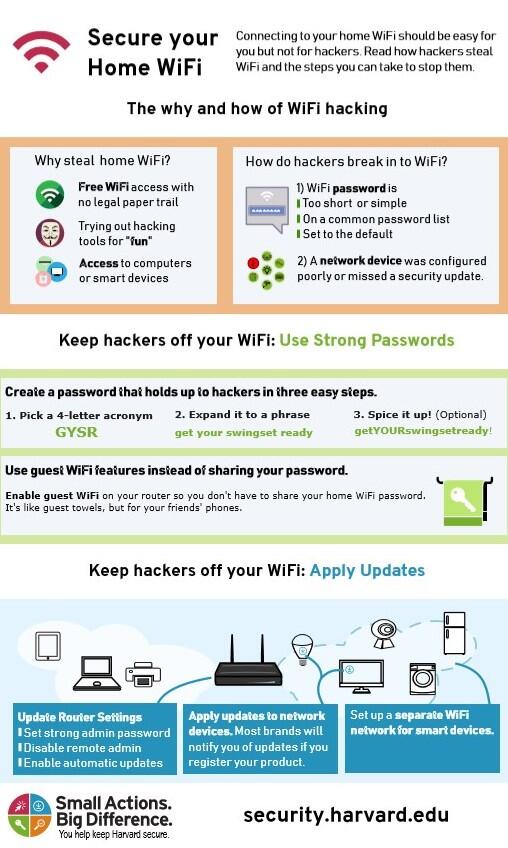How to Integrate Technology into Classroom Teaching: A Practical Guide for Modern Educators
As digital tools continue to reshape education, teachers face the exciting challenge of blending traditional instruction with modern technology. Knowing how to integrate technology into classroom teaching can transform learning from passive listening into active engagement. For educators, this isn’t about replacing human connection it’s about enhancing it. Whether you’re working with tablets, smartboards, learning platforms, or educational apps, strategic tech integration can boost student participation, personalize instruction, and build skills for the 21st century. If you’re looking to modernize your teaching methods and inspire deeper learning, this guide offers practical ways to do just that.
Use Interactive Platforms to Boost Student Engagement
Digital platforms like Google Classroom, Nearpod, or Microsoft Teams aren’t just organizational tools they’re gateways to collaboration and real-time feedback. You can assign interactive quizzes, host live polls, or allow students to co-edit presentations, making them active participants rather than passive note-takers. These platforms give students more autonomy and foster collaboration, especially in hybrid or flipped classroom models. As a teacher, you can also track progress instantly and tailor your instruction based on live data, enhancing the learning experience for everyone.
Integrate Multimedia Resources to Reinforce Learning
Multimedia content—videos, animations, podcasts, and simulations can bring complex topics to life in ways textbooks often can’t. For example, science teachers can use virtual labs to demonstrate experiments, while literature instructors might explore story-based podcasts or author interviews. By using multimedia thoughtfully, you’re not just entertaining students; you’re activating different learning styles. This multisensory approach helps improve retention and supports students who may struggle with traditional text-based materials. The key is to ensure these resources are purpose-driven and directly aligned with your learning objectives.
Gamify Lessons for Motivation and Skill Building
Gamification turns routine learning tasks into engaging challenges by using elements like points, levels, and leaderboards. Educational tools such as Kahoot!, Quizizz, or Classcraft let you create classroom competitions and interactive reviews that make learning feel more like play. Beyond fun, gamification builds soft skills such as critical thinking, problem-solving, and teamwork. When integrated strategically, it also encourages participation from quieter students who may not typically speak up in class. The result is a more inclusive and motivating environment for all learners.
Personalize Learning with Adaptive Tech Tools
Not all students learn at the same pace or in the same way. Adaptive learning platforms like Khan Academy, IXL, or Edmentum tailor content based on a student’s performance, allowing for differentiated instruction. These tools give students agency over their learning, offering extra practice when needed or more advanced challenges when they’re ready. For teachers, this means more time for one-on-one support and targeted intervention. Personalization through technology fosters independence and builds confidence both critical for long-term academic growth.
Encourage Digital Literacy Through Creative Projects
Technology integration isn’t only about consuming content it’s also about creating it. Assignments that ask students to build digital portfolios, record videos, design infographics, or code simple apps help them develop digital literacy while reinforcing subject content. These projects teach students how to research, evaluate online information, and use digital tools responsibly. Integrating creation-based tasks prepares students for the real world, where digital fluency is just as important as academic knowledge. Encouraging creativity through tech empowers learners to think critically and express themselves in modern ways.
FAQs
Do I need expensive equipment to integrate technology in my classroom?
No. Many powerful educational tools are free or low-cost, and even smartphones or basic laptops can support meaningful tech integration.
How do I ensure students stay focused while using devices?
Set clear expectations, use monitoring software if needed, and design interactive lessons that require active participation to keep students engaged.
Is technology suitable for younger students?
Yes, age-appropriate platforms and apps designed for early learners can safely introduce them to basic tech skills and digital exploration.
Can I use technology for assessment?
Absolutely. Digital quizzes, formative feedback tools, and student portfolios offer more dynamic ways to measure understanding and progress.
What if I’m not tech-savvy?
Start small. Focus on one tool at a time and seek support from colleagues, online tutorials, or school-based professional development.

